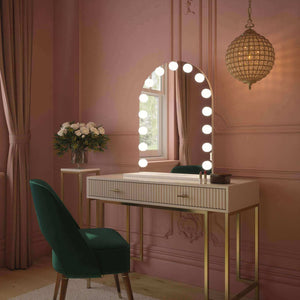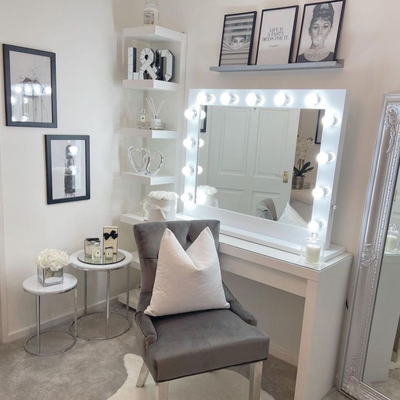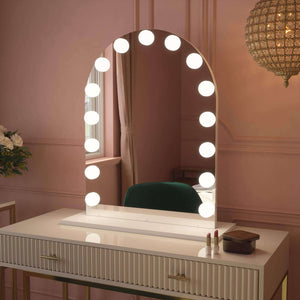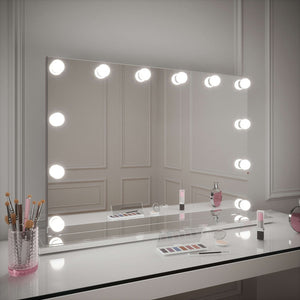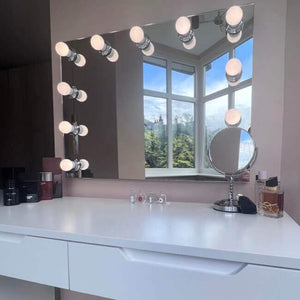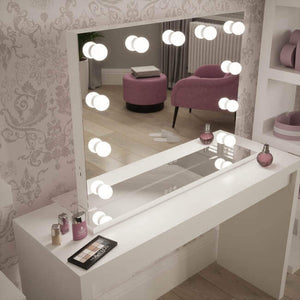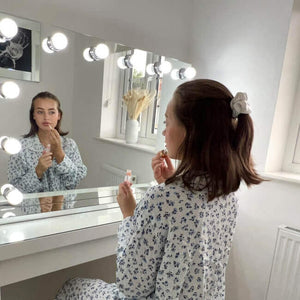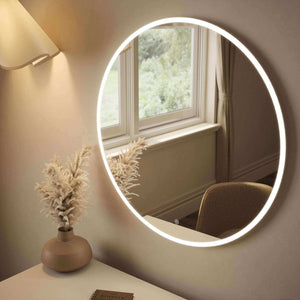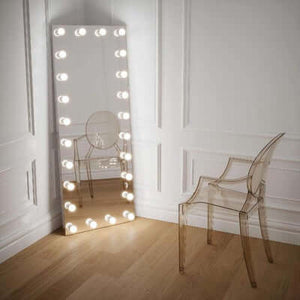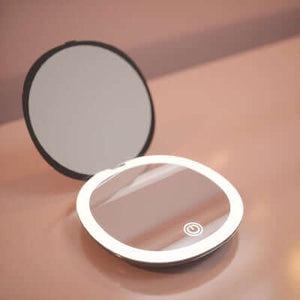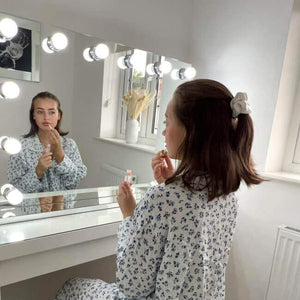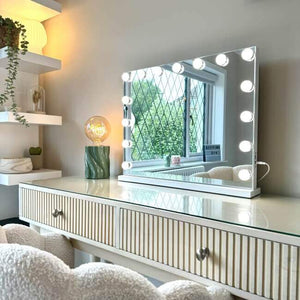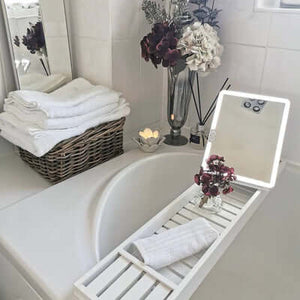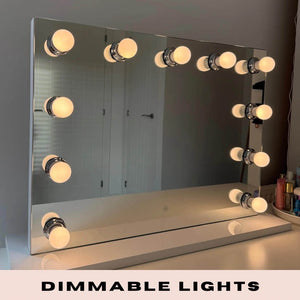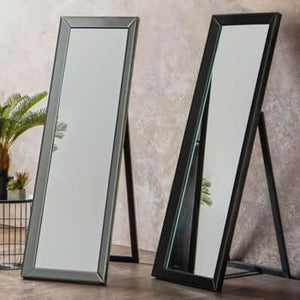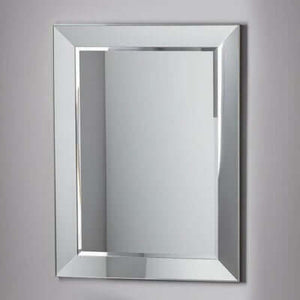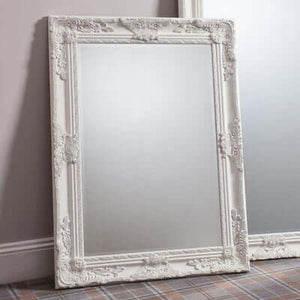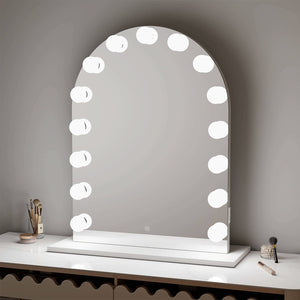Bunk beds offer a fun and space-saving sleep solution for children, but safety must be a top priority. Properly securing the bunk bed ladder is crucial to prevent falls and injuries. Parents can take several steps to ensure their children's safety when using bunk beds.
Securing the ladder starts with proper installation. The ladder should be firmly attached to the bed frame and positioned at a slight angle for easier climbing. Some modern bunk beds for kids come with built-in safety features like slip-resistant ladder rungs.
Teaching children how to use the ladder safely is equally important. Establish clear rules about climbing up and down, emphasizing the need for caution and proper hand placement. Adding non-slip tape to ladder steps can provide extra grip and reduce the risk of slipping.
Key Takeaways
- Ensure proper ladder installation and consider adding non-slip features
- Teach children safe ladder use and establish clear rules
- Regularly inspect the bunk bed and ladder for any loose parts or damage
Establishing a Safe Sleep Environment
Creating a secure bunk bed setup involves careful planning and attention to detail. Parents must focus on selecting an appropriate bed, ensuring proper installation, and optimizing the surrounding area for safety.
Choosing the Right Bunk Bed
When selecting a bunk bed, prioritize models that meet federal safety standards. Look for sturdy construction with quality materials that can support the weight of multiple sleepers. Ensure the guardrails are at least 5 inches above the mattress surface to prevent falls.
Check that the ladder is securely attached and has comfortable, non-slip rungs. Consider the room size and ceiling height to ensure adequate space for the top bunk occupant.
Opt for bunk beds with built-in safety features like rounded edges and enclosed ladder designs. Verify the bed's compliance with Consumer Product Safety Commission guidelines for added peace of mind.
Proper Installation and Maintenance
Correct assembly is crucial for bunk bed safety. Follow the manufacturer's instructions meticulously, using all provided hardware. Regularly inspect bolts and joints, tightening them as needed to maintain stability.
Check the ladder's attachment points frequently to ensure they remain secure. Replace any damaged parts immediately to prevent accidents. Perform thorough safety checks every few months, paying special attention to guardrails and ladder integrity.
Consider professional installation for complex models or if you're unsure about proper setup. This investment can significantly reduce the risk of bed-related accidents due to improper assembly.
Creating Safe Surroundings
Optimize the room layout to minimize hazards around the bunk bed. Place the bed away from windows, ceiling fans, and light fixtures to prevent accidents. Ensure there's enough space between the top bunk and the ceiling for comfortable movement.
Install a nightlight near the ladder for improved visibility during nighttime use. Remove any objects that could pose tripping hazards near the bed or ladder.
Use non-slip rugs around the bunk bed area to prevent slips and falls. Consider adding padding to nearby walls or sharp corners for extra protection. Keep the area around the ladder clear of toys, clothes, or other items that might obstruct safe climbing.
Essential Bunk Bed Safety Practices
Proper safety measures are crucial for bunk beds to prevent accidents and injuries. These practices focus on ladder security, fall prevention, and teaching children how to use bunk beds safely.
Ladder Safety Enhancements
Secure attachment of the ladder to the bunk bed frame is essential. Use sturdy hooks or bolts to ensure the ladder doesn't slip or detach during use. Apply non-slip treads to ladder rungs for better grip. Consider installing a ladder cover or wrapping pool noodles around the rungs to soften them.
For added stability, extend the ladder slightly past the top bunk's edge. This provides a secure handhold for children climbing up or down. Regularly inspect the ladder for signs of wear or damage, tightening any loose components promptly.
Preventing Falls and Injuries
Install guardrails on all sides of the top bunk, extending at least 5 inches above the mattress. Ensure the gaps between slats are no wider than 3.5 inches to prevent entrapment. Use a night light to improve visibility for nighttime trips to the bathroom.
Consider placing a soft rug or foam mat beside the bed to cushion potential falls. If using it on carpet, ensure it includes an anti-slip underlay for added stability.. Remove any nearby furniture that children might use to climb onto the top bunk. Ensure the mattress fits snugly within the bed frame to prevent shifting.
Educating Kids on Safe Usage
Set clear rules for bunk bed use. Explain the importance of using the ladder to climb up and down, rather than jumping or using other furniture. Discourage horseplay, jumping on the bed, or hanging from the top bunk.
Teach children to always face the ladder when climbing. Emphasize the need for one person on the ladder at a time. Instruct kids to keep toys and other items off the top bunk to reduce tripping hazards.
Establish an age limit for top bunk use, typically 6 years or older. Supervise younger children closely when they're near the bunk bed. Regularly remind children about safety rules and the potential consequences of unsafe behavior.
Conclusion
Properly securing a bunk bed ladder is crucial for child safety. Parents should ensure ladders are firmly attached, use non-slip materials, and teach children proper climbing techniques. Regular inspections and maintenance are essential to keep the ladder secure. By following these safety tips, parents can significantly reduce the risk of accidents and create a safer sleeping environment for their children. Another space saving alternative is a Lori bedsthat stores in to the wall.
Liquid error (sections/article-template line 192): Invalid form type "88\n", must be one of ["product", "storefront_password", "contact", "customer_login", "create_customer", "recover_customer_password", "reset_customer_password", "guest_login", "currency", "activate_customer_password", "customer_address", "new_comment", "customer", "localization", "cart"]
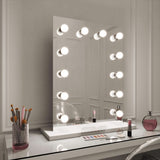 Alicia Hollywood Mirror 60cmx80cm
Alicia Hollywood Mirror 60cmx80cm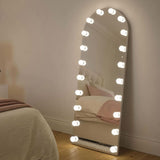 Angelina Full Length Arch Hollywood Mirror 160 x 60cm
Angelina Full Length Arch Hollywood Mirror 160 x 60cm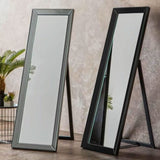 Angled Luna Mirror-Cheval Black
Angled Luna Mirror-Cheval Black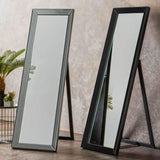 Angled Luna Mirror-Cheval Gray
Angled Luna Mirror-Cheval Gray
